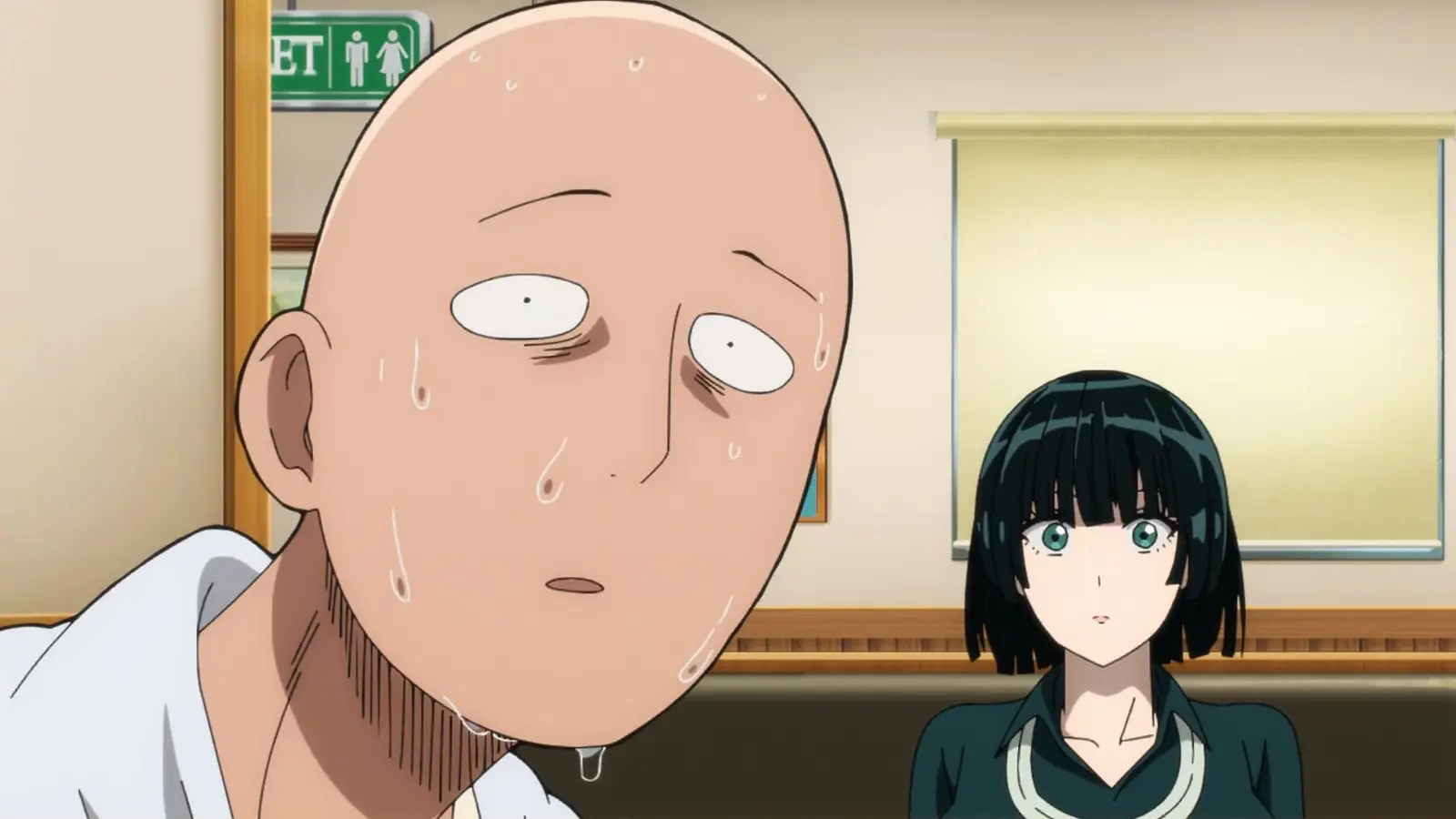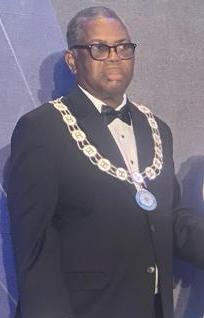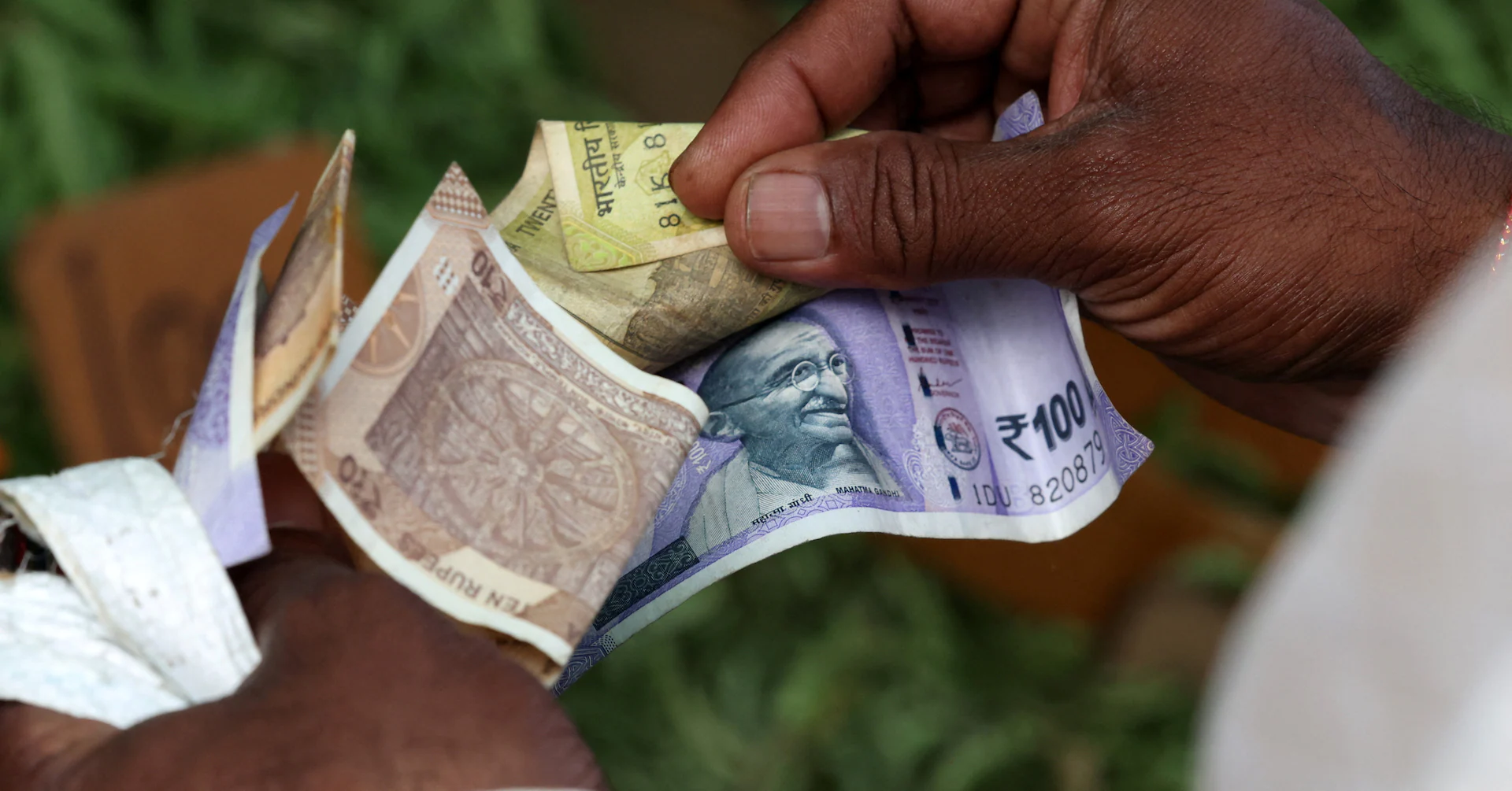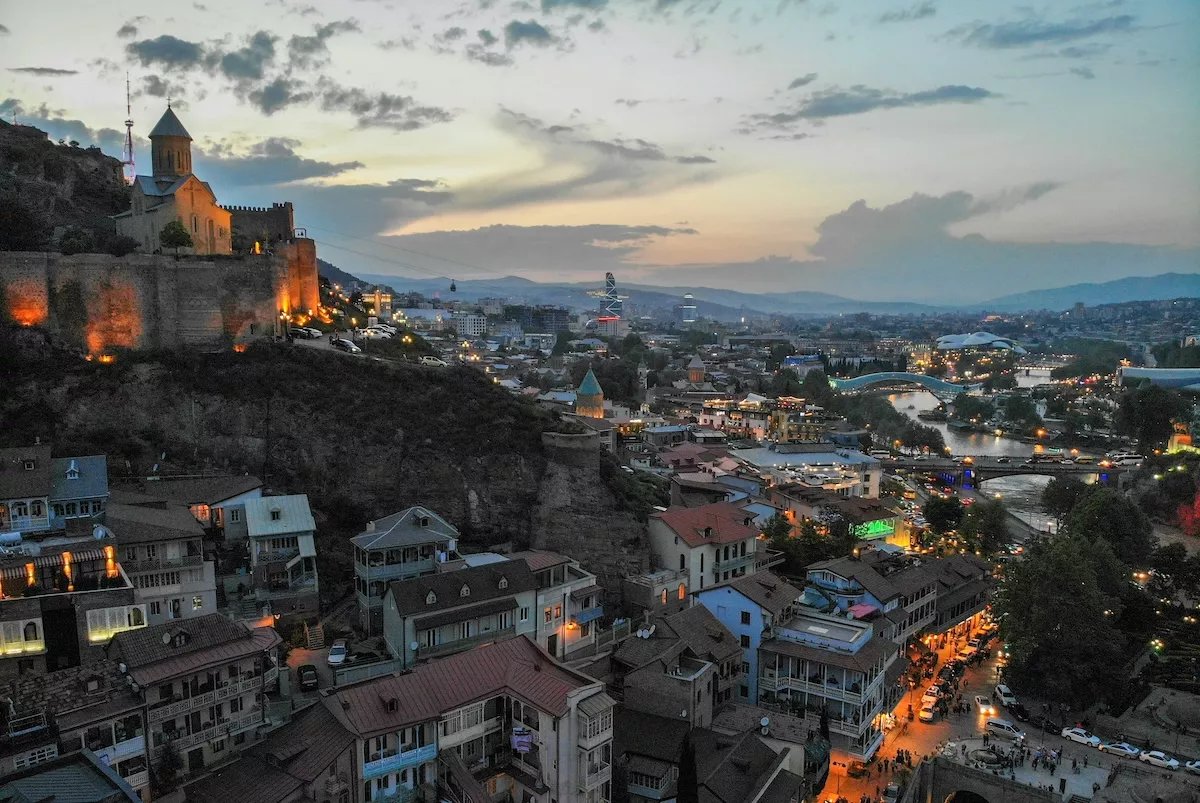Copyright Screen Rant

Few anime series have experienced such a dramatic fall from grace as One-Punch Man. When Season 1 debuted in 2015, it instantly became a global sensation. Fans praised its fluid, jaw-dropping animation, perfectly timed humor, and striking balance of satire and spectacle. But when Season 2 arrived in 2019, everything, from the pacing to the fight scenes, felt lifeless. Viewers couldn’t understand how a show that once set new standards for action could fall apart so quickly. The truth is, One-Punch Man didn’t collapse because the story got worse, it fell victim to a broken system, according to @sakugaone on X. Its downfall reveals how the anime industry’s reliance on production committees, rushed schedules, and poor studio coordination can destroy even the most promising projects. The problems began behind the scenes long before Season 2 ever aired. How Madhouse Created a Miracle with One-Punch Man Season 1 To understand why One-Punch Man’s sequel failed, fans have to look at why its debut succeeded so spectacularly. The first season wasn’t just a high-budget project, it was a once-in-a-generation collaboration between passionate creators who knew each other well. Madhouse studio producer Yuichirou Fukushi assembled a dream team that included director Shingo Natsume, a rising star fresh from working with Shinichirou Watanabe on Space Dandy. Natsume brought with him a vast network of world-class animators. Many joined the project out of personal respect for him and character designer Chikashi Kubota, who had strong industry ties. The show’s animation wasn’t expensive, it was inspired. Even legendary animator Yutaka Nakamura contributed under a pseudonym. These were not random freelancers but trusted collaborators who shared a vision for what One-Punch Man could be. Season 1 of One-Punch Man succeeded not because of corporate funding, but because it was made by a tight-knit group of creators who worked out of love for the project, not obligation. The result was a masterclass in visual storytelling. Every punch Saitama threw felt monumental, every monster battle a piece of moving art. Season 1 of One-Punch Man succeeded not because of corporate funding, but because it was made by a tight-knit group of creators who worked out of love for the project, not obligation. That magic would prove impossible to replicate under different leadership. How the Production Committee Ruined One-Punch Man's Anime After Season 1’s success, Bandai Namco and the rest of the production committee wanted more One-Punch Man, and fast. The problem was that Fukushi and Natsume had already moved on to other commitments like ACCA: 13-Territory Inspection Dept. and Boogiepop and Others. Their schedules were full, and Madhouse wasn’t free to take on another massive project. Instead of waiting for the original team to return, the committee made a fateful choice: they switched studios. Time was money, and patience was a luxury they weren’t willing to afford. J.C. Staff accepted the job, despite already juggling an exhausting number of projects, fifteen in 2019 alone. The studio had talent, but its production lines were stretched to the breaking point. In anime, when too many shows overlap, resources thin out. The best animators get divided across projects, schedules tighten, and corners get cut. By prioritizing speed and profit over artistry, the committee effectively sabotaged the sequel before production even began. The difference between Madhouse’s passion-driven environment and J.C. Staff’s overloaded pipeline could not have been starker. The Downfall of One-Punch Man Season 2 The transition from Madhouse to J.C. Staff set off a chain reaction of problems. J.C. Staff’s producer, Atsushi Fujishiro, was nowhere near as well-connected as Fukushi. In 2019, he was overseeing four different anime at once, which is an impossible workload for anyone. Without strong creative leadership or time to recruit top-tier animators, Fujishiro turned to in-house staff and a limited pool of freelancers. Fujishiro appointed Chikara Sakurai as the new director, a capable animator but hardly the visionary that Natsume had been. Sakurai’s résumé consisted mostly of secondary directing roles, and he was simultaneously working on other small projects. The decision showed how far One-Punch Man had fallen from a handpicked dream team to an overstretched studio scrambling to fill roles. Season 2’s visuals reflected these internal cracks. Gone were the dynamic camera angles, the precise timing, and the fluid motion that made Saitama’s fights legendary. Even standout episodes like the Garou battle in Episode 3, directed by Ryou Andou, couldn’t hide the inconsistency. Viewers noticed immediately, and disappointment spread across the fandom. The sequel didn’t just look worse, it felt soulless, the product of obligation rather than passion. When Sakurai left the project, the situation didn’t improve. Fujishiro remained in charge, producing more anime simultaneously while One-Punch Man languished in development limbo. Years passed without progress, and fans were left wondering if the series would ever recover its former glory. The Anime Industry’s Broken Machine The story of One-Punch Man’s decline is also the story of modern anime’s industrial flaws. The production committee system, designed to spread financial risk among multiple companies, often sacrifices creative integrity in favor of quick returns. Instead of focusing on quality, decisions are made based on schedules and marketing opportunities. Studios like Madhouse thrive when they’re given time and creative freedom, but committees often demand impossible deadlines. When a studio like J.C. Staff takes on too many simultaneous projects, the animators become overworked, deadlines shrink, and the final product inevitably suffers. The talent exists, but the system prevents it from flourishing. Even now, as Season 3 unfolds, early reports suggest the same structural problems persist. Director Tomohiro Nagai, though experienced, lacks the artistic vision and network that once elevated One-Punch Man. Animators are again being stretched thin, and the show’s schedule is reportedly chaotic. Fans hoping for a return to form may instead witness another rushed product shaped by industry pressure rather than creative passion. A Cautionary Tale for the Anime Industry One-Punch Man’s fall from glory should serve as a warning. It’s proof that great art can’t be mass-produced. Season 1 was lightning in a bottle that was born from passion, collaboration, and trust between creators. Season 2, and likely beyond, was manufactured under tight deadlines by overworked teams with little creative control. The difference is painfully visible. The One-Punch Man anime’s decline wasn’t just the fault of one studio or one producer, it was the result of an entire system prioritizing output over art. The One-Punch Man anime’s decline wasn’t just the fault of one studio or one producer, it was the result of an entire system prioritizing output over art. As long as the production committee model rewards speed over quality, masterpieces like One-Punch Man will remain the exception, not the rule.



